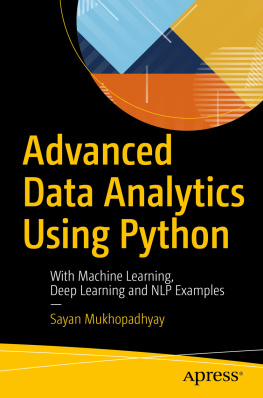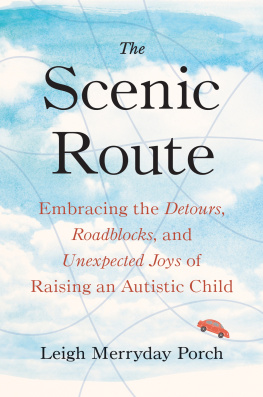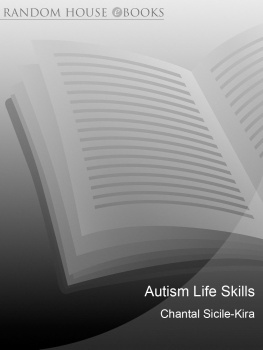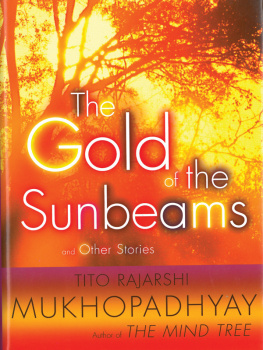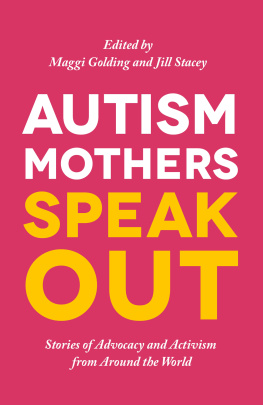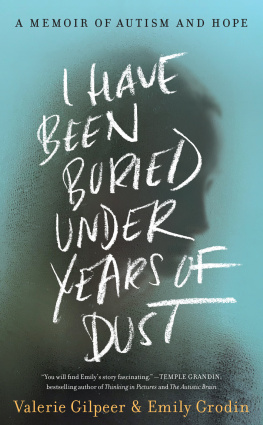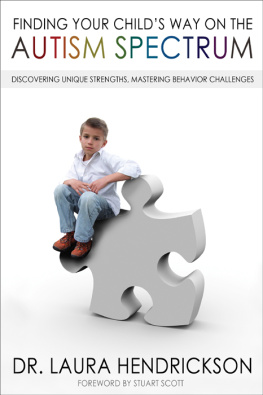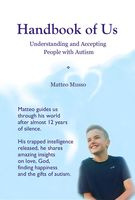
The Mind Tree
Also by Tito Rajarshi Mukhopadhyay
The Gold of the Sunbeams and Other Stories
How Can I Talk If My Lips Don't Move?
The
M ind
T ree
A Miraculous Child Breaks the Silence of Autism
Tito Rajarshi Mukhopadhyay

Arcade Publishing New York
For Dr Prathibha Karanth (Kaki) and Dr Veronica Mathias
Copyright 2000, 2003, 2011 by National Autistic Society
All Rights Reserved. No part of this book may be reproduced in any manner without the express written consent of the publisher, except in the case of brief excerpts in critical reviews or articles. All inquiries should be addressed to Arcade Publishing, 307 West 36th Street, 11th Floor, New York, NY 10018.
Arcade Publishing books may be purchased in bulk at special discounts for sales promotion, corporate gifts, fund-raising, or educational purposes. Special editions can also be created to specifications. For details, contact the Special Sales Department, Arcade Publishing, 307 West 36th Street, 11th Floor, New York, NY 10018 or .
Arcade Publishing is a registered trademark of Skyhorse Publishing, Inc., a Delaware corporation.
Visit our website at www.arcadepub.com.
Visit the authors website at .
10 9 8 7 6 5 4 3 2 1
Designed by API
Text illustrations by John Fordham
Library of Congress Cataloging-in-Publication Data is available on file.
ISBN: 978-1-61145-002-6
Printed in the United States of America
Contents
Editors Note
To retain the integrity of Titos writing, very little has been changed. Changes have only been made to ensure clarity, and brackets have been used where information has been added. The Voice of Silence was written when Tito was 8 years old, and Beyond the Silence when he was II years old. Tito turned 23 in July 2011.
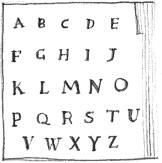
Foreword
Rajarshi Mukhopadhyay, known as Tito, together with his mother, Soma, spent a day at Elliot House (The Centre for Social and Communication Disorders run by The National Autistic Society) in December 1999. The house was full that day. As well as the Elliot House staff, there was Dr Beate Hermelin, an expert in the field of autism and autistic savants, and a team from BBC television who were making a program about Tito.
Before Titos visit, we had heard about him from Richard Mills, The National Autistic Societys Director of Services, who had met him and his family in India. We had also read some of his writings. We were intrigued, but inclined to be skeptical. There was no doubt that some individuals with autism have one or more remarkable talents far ahead of the rest of their abilities. However, these talents usually involve visuo-spatial or rote memory skills such as calendar calculations, numbers, drawing, remembering train timetables, and so on.
But Tito was apparently able to use long words in complex sentences and to express philosophical thoughts about life. This would not be too surprising in an adult with the pattern of behavior described by Asperger, with good expressive language and a high level of general ability. The remarkable point about Tito was that, at 11 years old, he could make only a few sounds that approximated to words. He had a few basic practical skills but was completely dependent on his parents, especially his mother. He had to be closely supervised and guided in social situations to make sure that his behavior was socially acceptable. His mother had taught him to read and write by using an alphabet board. From the age of six years he has written by himself using a pencil. [In addition to this book, he has written many others, often in verse, in his own handwriting.] He sometimes uses an alphabet board when interviewed, pointing to the letters while the words he spells are read out by his mother. The family speak both Bengali and English, and Tito spells his words in English.
When he arrived at Elliot House, Titos observable behavior was exactly like that of a mute child with classic autism, ignoring people but exploring the objects that took his attention. Soma settled him down and wrote the alphabet on a piece of paper. We asked questions and Tito pointed to the letters to spell his replies. He did this independently, without any physical guidance from his mother. He replied to questions in full sentences, including long words used appropriately. He also spontaneously told us, in handwriting, that he wanted the book he had written to be published and demanded a promise that this would happen. Dr Judith Gould asked him to do the British Picture Vocabulary Scale, which requires the person doing the test to demonstrate the meaning of individual words or phrases by pointing to one of four possible pictures for each one. Tito reached the level achieved by people aged 19 years!
The contrast between Titos overt, typically autistic behavior at one point he grabbed my hand to use it as a mechanical tool to turn a stiff door handle and the sophistication of the language expressed through his alphabet board was truly amazing. Soma had taught him intensively from the time he was about 2 years old. She used the technique, familiar to parents and teachers of children with autism, of moving his limbs through the motions needed for each task, including pointing, until he learnt the feel of the muscle movements. Tito himself has described his inability to initiate movements without such guidance. This seems to support the proponents of facilitated communication, who believe that all children with autistic disorders, however severely learning disabled they appear to be, are potentially capable of understanding and expressing complex ideas if helped by appropriate physical guidance.
It is important to emphasize that Tito showed, very early on, clear signs of good cognitive ability through his recognition of and ability to match numbers, letters and shapes. This encouraged his mother to work with him, using her truly remarkable intelligence, ingenuity and dedication, with the results we have seen. Children who do not exhibit any signs of good cognitive ability are very unlikely indeed to develop skills through any method of teaching, including facilitated communication. The fact that Tito began to write for himself at the age of six is corroboration of the fact that the ideas he expresses are his own.
Titos writings are characteristic of someone with an autistic disorder in that they basically revolve around himself and his personal experiences. When one considers the physical and psychological disabilities he has to overcome, this self absorption is perhaps not so surprising. Despite this, his writing provides a vivid description of what it is like to be autistic and his thoughts about the meaning of life. It is essential reading for anyone wanting to understand the nature of autism.
Individuals with autistic disorders are endlessly fascinating. Those like Tito, with remarkable skills in contrast to their general level of disability, arouse feelings of wonder, astonishment and intellectual curiosity, which are among the many rewards experienced by those working in this field.
All of us who met Tito and Soma on that unforgettable day wish them both, for the future, every happiness and fulfillment of their ambitions.
Lorna Wing
Consultant Psychiatrist
The Voice of Silence
The Window of my World
Men and women are puzzled by everything I do. My parents and those who love me, are embarrassed and worried. Doctors use different terminologies to describe me. I just wonder.
Next page


